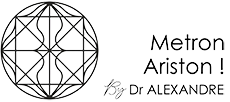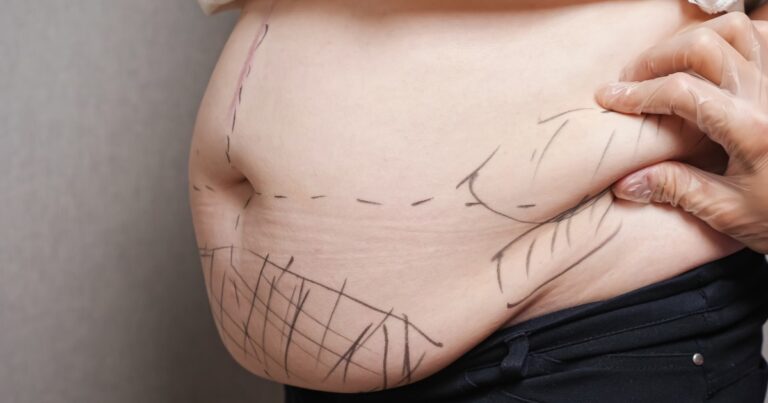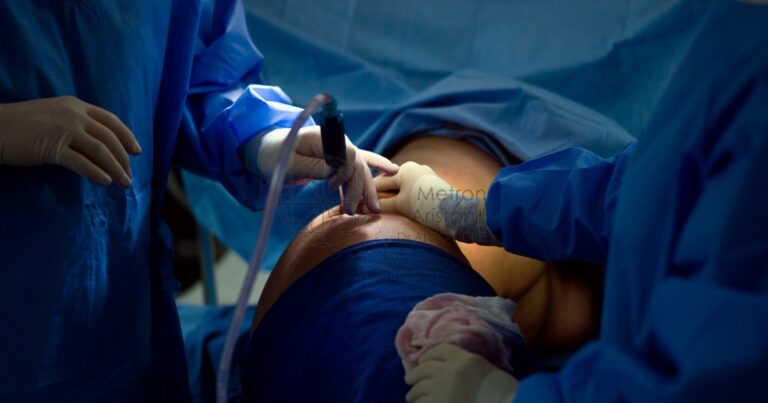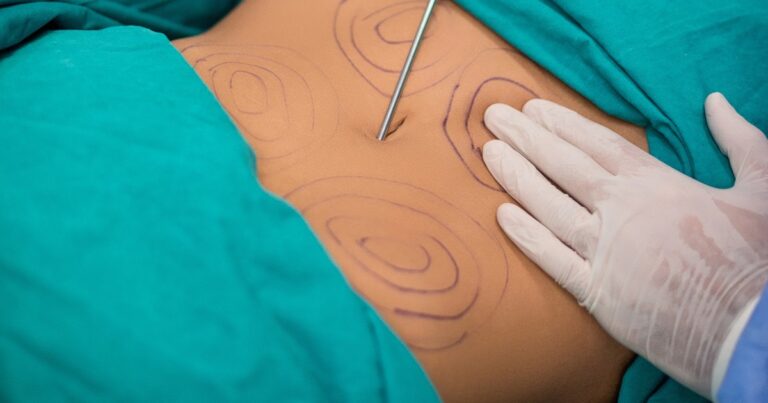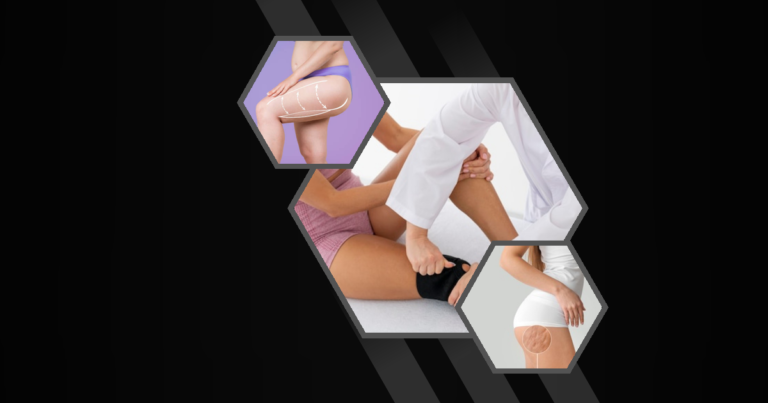Can Neck Liposuction Help Sleep Apnea
Understanding the Connection Between Neck Fat and Sleep Apnea
How Excess Neck Fat Contributes to Obstructive Sleep Apnea
Excess neck fat can significantly impact breathing during sleep, leading to obstructive sleep apnea (OSA). This condition occurs when the airway becomes blocked, often due to the accumulation of fat around the neck, which can compress the airway. As a result, individuals may experience interrupted breathing, leading to poor sleep quality and other health issues.
- Excess neck fat can narrow the airway.
- Fat deposits may increase the risk of airway collapse.
- Obstructive sleep apnea can lead to daytime fatigue and other health problems.
The Role of Neck Circumference in Sleep Apnea Severity
Neck circumference is a critical factor in determining the severity of sleep apnea. A larger neck circumference often correlates with a higher risk of OSA. This measurement can help healthcare providers assess the likelihood of sleep apnea and tailor treatment plans accordingly.
- Larger neck circumference is linked to increased OSA risk.
- Neck measurements can guide treatment decisions.
- Reducing neck circumference may alleviate sleep apnea symptoms.
Neck Liposuction as a Potential Treatment for Sleep Apnea
Benefits of Reducing Neck Fat Through Liposuction
Neck liposuction can effectively reduce excess fat, potentially improving sleep apnea symptoms. By removing fat deposits, the airway may become less obstructed, leading to better airflow during sleep. This procedure can enhance overall sleep quality and reduce associated health risks.
- Liposuction can decrease neck circumference.
- Improved airflow may result from reduced fat.
- Enhanced sleep quality can improve overall health.
Limitations and Considerations
While neck liposuction offers potential benefits, it is not a guaranteed cure for sleep apnea. Patients should consider the procedure’s limitations and consult with healthcare professionals to determine if it is suitable for their specific condition.
- Liposuction may not address all causes of sleep apnea.
- Consultation with a specialist is essential.
- Consideration of other treatments may be necessary.
Effectiveness of Neck Liposuction for Sleep Apnea Management
Clinical Studies and Research Findings
Research on neck liposuction’s effectiveness in treating sleep apnea is ongoing. Some studies suggest that reducing neck fat can improve symptoms, but more research is needed to establish definitive conclusions.
- Studies show potential benefits of neck fat reduction.
- Ongoing research is crucial for understanding effectiveness.
- Results may vary based on individual factors.
Success Rates and Patient Outcomes
Success rates for neck liposuction in sleep apnea management can vary. Patient outcomes depend on factors such as the amount of fat removed and individual health conditions. Consulting with a qualified surgeon can provide insights into expected results.
- Success rates vary among patients.
- Individual health factors influence outcomes.
- Consultation with a surgeon is recommended for personalized expectations.
Candidates for Neck Liposuction to Address Sleep Apnea
Ideal Patient Profile
Ideal candidates for neck liposuction are those with excess neck fat contributing to sleep apnea. Patients should be in good overall health and have realistic expectations about the procedure’s outcomes.
- Candidates should have excess neck fat.
- Good overall health is essential.
- Realistic expectations are important for satisfaction.
Contraindications and Risk Factors
Certain conditions may contraindicate neck liposuction. Patients with severe health issues or unrealistic expectations may not be suitable candidates. A thorough evaluation by a healthcare provider is necessary to assess risks.
- Severe health issues may contraindicate the procedure.
- Unrealistic expectations can affect satisfaction.
- Evaluation by a healthcare provider is crucial.
Neck Liposuction Procedure for Sleep Apnea Patients
Technique and Approach
Neck liposuction involves removing excess fat through small incisions. Surgeons use specialized techniques to ensure minimal scarring and optimal results. The procedure is typically performed under local anesthesia.
- Small incisions are used for fat removal.
- Specialized techniques minimize scarring.
- Local anesthesia is commonly used.
Recovery and Post-Operative Care
Recovery from neck liposuction involves following specific post-operative care instructions. Patients may experience swelling and bruising, but these typically subside within a few weeks. Adhering to care guidelines can enhance recovery and results.
- Swelling and bruising are common post-surgery.
- Recovery typically takes a few weeks.
- Following care instructions is crucial for optimal results.
Alternative Treatments for Sleep Apnea
Non-Surgical Options
Non-surgical treatments for sleep apnea include lifestyle changes, continuous positive airway pressure (CPAP) therapy, and oral appliances. These options can be effective for managing symptoms without surgery.
- Lifestyle changes can improve sleep apnea.
- CPAP therapy is a common non-surgical treatment.
- Oral appliances may help maintain open airways.
Surgical Alternatives to Neck Liposuction
Surgical alternatives to neck liposuction include procedures like uvulopalatopharyngoplasty (UPPP) and maxillomandibular advancement (MMA). These surgeries aim to address structural issues contributing to sleep apnea.
- UPPP can remove excess tissue in the throat.
- MMA repositions the jaw to improve airflow.
- Surgical options depend on individual needs.
Combining Neck Liposuction with Other Sleep Apnea Treatments
Multimodal Approach to Sleep Apnea Management
Combining neck liposuction with other treatments can enhance sleep apnea management. A multimodal approach may include lifestyle changes, CPAP therapy, and surgical interventions for comprehensive care.
- Combining treatments can enhance effectiveness.
- Multimodal approaches address multiple factors.
- Comprehensive care improves overall outcomes.
Synergistic Effects of Combined Therapies
The synergistic effects of combining neck liposuction with other therapies can lead to improved sleep apnea outcomes. Patients may experience better symptom management and enhanced quality of life.
- Combined therapies can improve symptom management.
- Synergistic effects enhance treatment outcomes.
- Improved quality of life is a potential benefit.
Long-Term Results and Maintenance After Neck Liposuction
Sustainability of Sleep Apnea Improvement
Long-term results of neck liposuction for sleep apnea depend on maintaining a healthy lifestyle. Patients should focus on weight management and regular follow-ups with healthcare providers to sustain improvements.
- Healthy lifestyle maintenance is crucial.
- Weight management supports long-term results.
- Regular follow-ups ensure sustained improvements.
Lifestyle Changes for Optimal Outcomes
Adopting lifestyle changes can optimize outcomes after neck liposuction. These changes may include a balanced diet, regular exercise, and avoiding factors that exacerbate sleep apnea.
- Balanced diet supports overall health.
- Regular exercise aids in weight management.
- Avoiding exacerbating factors is essential.
Risks and Complications of Neck Liposuction for Sleep Apnea
Potential Side Effects
Neck liposuction carries potential side effects, including swelling, bruising, and temporary numbness. Patients should discuss these risks with their surgeon to make informed decisions.
- Swelling and bruising are common side effects.
- Temporary numbness may occur post-surgery.
- Discussing risks with a surgeon is important.
Safety Considerations for Sleep Apnea Patients
Safety considerations for sleep apnea patients undergoing neck liposuction include evaluating overall health and potential interactions with existing treatments. A thorough assessment by a healthcare provider is essential.
- Overall health evaluation is necessary.
- Potential interactions with treatments should be considered.
- Thorough assessment ensures patient safety.
Cost and Insurance Coverage for Neck Liposuction in Sleep Apnea Treatment
Typical Expenses
The cost of neck liposuction can vary based on factors such as the surgeon’s experience and the procedure’s complexity. Patients should obtain detailed cost estimates during consultations.
- Costs vary based on surgeon and procedure complexity.
- Detailed cost estimates are essential.
- Consultation provides clarity on expenses.
Insurance Reimbursement Possibilities
Insurance coverage for neck liposuction in sleep apnea treatment may be limited. Patients should verify coverage with their insurance provider and explore potential reimbursement options. Lymphedema liposuction potential offers hope for reducing swelling in arms and legs This special surgery might help remove extra fluid and fat to make limbs smaller and more comfortable Liposuction neck tightening removes extra fat from the neck area to make it look slimmer and firmer
Chin lipo beverages are special drinks that claim to help reduce fat under the chin These drinks are marketed as a way to get a slimmer jawline without surgery UAE cosmetic surgery offers many beauty treatments to help people look and feel better Patients from around the world visit
Liposuction cellulite consequences Removing fat through liposuction might not always fix cellulite and can sometimes make the skin look more uneven Liposuction scars fade over time as your body heals The small marks from the procedure become less noticeable with proper care
Liposuction discomfort levels Patients may feel sore and achy for a few days after the procedure but most people say it’s not too bad and they can manage it with pain medicine
- Insurance coverage may be limited.
- Verification with the provider is necessary.
- Exploring reimbursement options is recommended.
Consultation Process with Dr. Alexandre for Neck Liposuction and Sleep Apnea
Initial Evaluation and Assessment
The consultation process with Dr. Alexandre involves an initial evaluation to assess the patient’s suitability for neck liposuction. This assessment includes a thorough examination of the patient’s health and sleep apnea symptoms.
- Initial evaluation determines suitability.
- Thorough examination of health and symptoms.
- Personalized assessment for treatment planning.
Customized Treatment Planning
Dr. Alexandre provides customized treatment planning based on the patient’s unique needs and goals. This plan includes a detailed discussion of the procedure, expected outcomes, and post-operative care instructions.
- Customized plans tailored to individual needs.
- Detailed discussion of procedure and outcomes.
- Comprehensive post-operative care instructions.ing
FAQ’S
Can neck liposuction help sleep apnea?
Neck liposuction can potentially help sleep apnea by reducing excess fat that may obstruct the airway. However, it is not a guaranteed cure and should be considered as part of a comprehensive treatment plan. Consulting with a healthcare provider is essential to determine its suitability.
Does neck liposuction help sleep apnea?
Neck liposuction may help alleviate sleep apnea symptoms by decreasing neck circumference and improving airflow. The effectiveness varies among individuals, and it should be combined with other treatments for optimal results. A thorough evaluation by a specialist is recommended.
How much fat can be removed from the neck with liposuction?
The amount of fat that can be removed during neck liposuction depends on individual factors and the surgeon’s assessment. Typically, a few ounces of fat are removed to achieve desired results. Patients should discuss expectations with their surgeon during consultations.
Can removing neck fat cure sleep apnea?
Removing neck fat may improve sleep apnea symptoms but is unlikely to cure the condition entirely. It should be part of a broader treatment strategy that includes lifestyle changes and other therapies. Consulting with a healthcare provider is crucial for comprehensive care.
Is neck liposuction permanent for sleep apnea treatment?
Neck liposuction results can be long-lasting, but maintaining a healthy lifestyle is essential for sustaining improvements. Weight management and regular follow-ups with healthcare providers are crucial for long-term success. Patients should discuss expectations with their surgeon.

